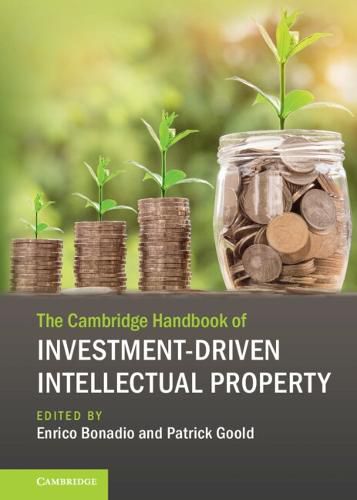Readings Newsletter
Become a Readings Member to make your shopping experience even easier.
Sign in or sign up for free!
You’re not far away from qualifying for FREE standard shipping within Australia
You’ve qualified for FREE standard shipping within Australia
The cart is loading…






This handbook challenges the conventional wisdom that intellectual property is the law of creativity. Traditionally, IP has been instrumental for protecting creations of the mind, with only inventors of original works enjoying exclusive rights. Related, sui generis, and quasi-IP rights, which protect monetary investments and efforts rather than originality and inventiveness, were considered exceptions to the general principles of IP. But increasingly, IP rights are being granted to safeguard corporate investments. This handbook brings together an international roster of contributors to explore this emerging trend. Why are investments the primary driver of legal protection, and often the main requirement to obtain it? Who benefits from such new forms of protection? What should the scope of these new rights be? And are they desirable in the first place? In doing so, the volume is the first to highlight and systematically critique the move from 'intellectual' to 'investment' property.
$9.00 standard shipping within Australia
FREE standard shipping within Australia for orders over $100.00
Express & International shipping calculated at checkout
This handbook challenges the conventional wisdom that intellectual property is the law of creativity. Traditionally, IP has been instrumental for protecting creations of the mind, with only inventors of original works enjoying exclusive rights. Related, sui generis, and quasi-IP rights, which protect monetary investments and efforts rather than originality and inventiveness, were considered exceptions to the general principles of IP. But increasingly, IP rights are being granted to safeguard corporate investments. This handbook brings together an international roster of contributors to explore this emerging trend. Why are investments the primary driver of legal protection, and often the main requirement to obtain it? Who benefits from such new forms of protection? What should the scope of these new rights be? And are they desirable in the first place? In doing so, the volume is the first to highlight and systematically critique the move from 'intellectual' to 'investment' property.